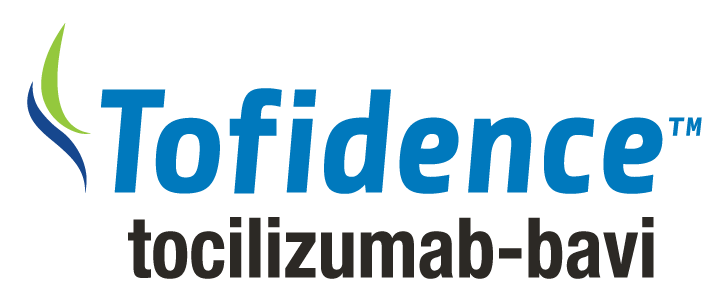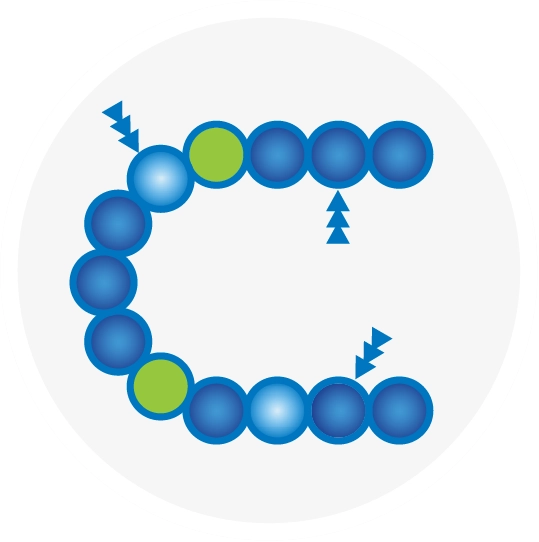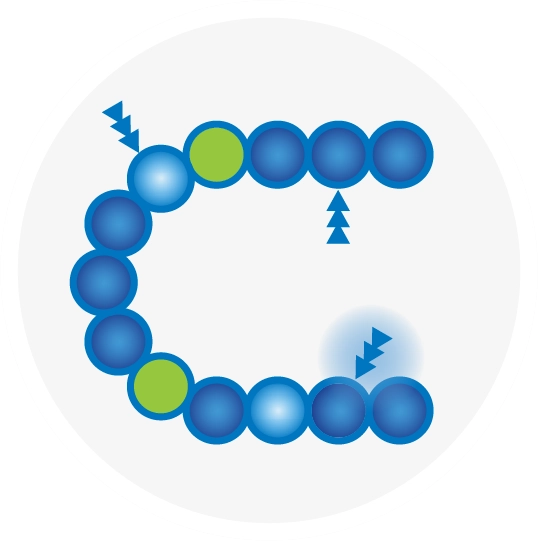What Are Biosimilars?
Biosimilars are developed to be highly similar to approved reference products with no clinically meaningful differences in terms of safety, purity, and potency1,2
Natural within-product variations occur during biosimilar manufacturing: variations are monitored to ensure they fall within an acceptable range2,3
Biologics and biosimilars are large-molecule therapies made through biotechnology in living systems3
Biologics and biosimilars are not exact chemical copies like generics3,4
Biosimilars are biologic therapies that are highly similar to approved biologics, also known as reference products, and have no clinically meaningful differences in terms of safety and efficacy4
694 million
days of patient biosimilar therapy since 2015 as of a September 2023 report5
Estimate: Association Accessible Medicine Report 2023
344 million
incremental days of therapy that would not have occurred without biosimilar competition as of a September 2023 report5
Estimate: Association Accessible Medicine Report 2023
More than 60 biosimilars
approved by the FDA since 2015 as of a February 2025 report6
You also might be interested in:
FDA=US Food and Drug Administration.
- Kabir ER, Moreino SS, Sharif Siam MK. The breakthrough of biosimilars: a twist in the narrative of biological therapy. Biomolecules. 2019;9(9):410.
- Brahme N, Hann L, Ikenberry S. FDA drug topics. Biosimilar and interchangeable biological products: basic concepts and practical resources. US Food and Drug Administration. https://www.fda.gov/media/145163/download. Accessed September 2024.
- Ramanan S, Grampp G. Drift, evolution, and divergence in biologics and biosimilars manufacturing. BioDrugs. 2014;28(4):363-372.
- US Food and Drug Administration. Biosimilar basics for patients. October 26, 2023. https://www.fda.gov/drugs/biosimilars/biosimilar-basics-patients. Accessed September 2024.
- Association for Accessible Medicines. The US generic & biosimilar medicines savings report. September 2023. https://accessiblemeds.org/wp-content/uploads/2024/11/AAM-2023-Generic-Biosimilar-Medicines-Savings-Report-web.pdf. Accessed September 2024.
- US Food and Drug Administration. Biosimilar product information. February 14, 2025. https://www.fda.gov/drugs/biosimilars/biosimilar-product-information. Accessed February 2025.
- European Medicines Agency. Biosimilars in the EU: information guide for healthcare professionals. https://www.ema.europa.eu/en/documents/leaflet/biosimilars-eu-information-guide-healthcare-professionals_en.pdf. Accessed September 2024.


